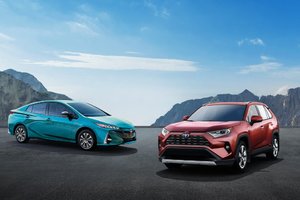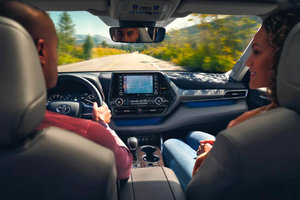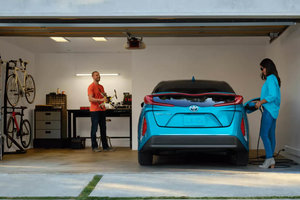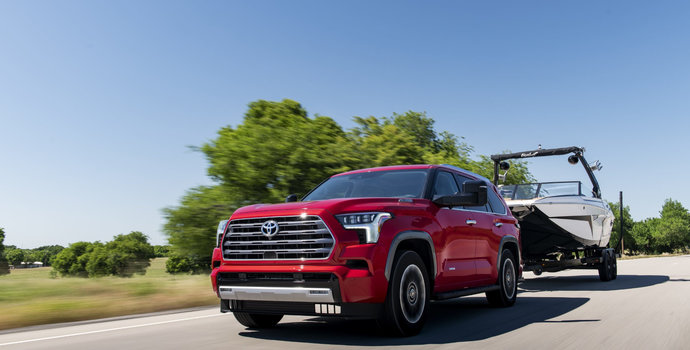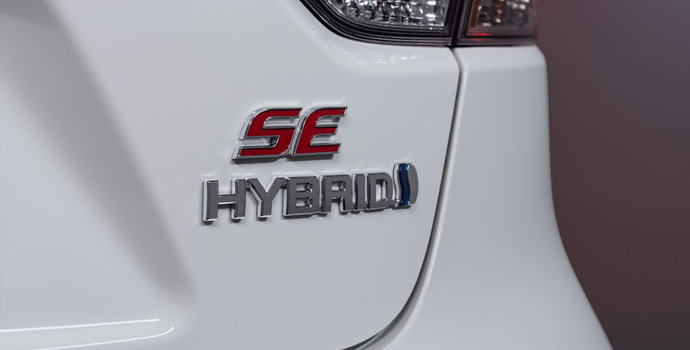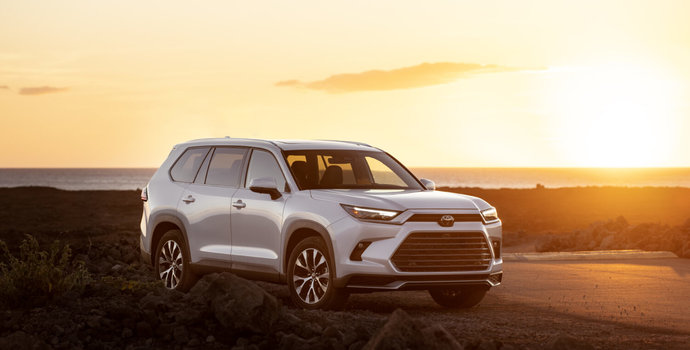Automakers across the world have doubled down on their efforts to electrify their model lineups and reduce the emissions produced by their vehicles. There are three main electrified vehicles on the market today: fully electric vehicles (EVs), plug-in hybrid electric vehicles (PHEVs), and hybrid electric vehicles (hybrids).
These three are the main players in the electrification game. However, for many drivers in rural areas without EV charging infrastructure, EVs are not the wisest choice because of their limited range. Therefore, PHEVs and hybrids that still offer unlimited range thanks to their gasoline engines are more popular. There are also many more automakers in the PHEV and hybrid game than those that offer full EVs.
Both hybrids and PHEVs offer their advantages and disadvantages, but both are a good introduction to the world of electrified vehicles. Here are some things to consider if you are thinking about a hybrid or PHEV car or SUV in Canada.
What Does a Hybrid Vehicle Offer?
Toyota is a leader in hybrid technology, having introduced the Prius to the world over two decades ago. Since then, the automaker has added many more hybrid versions to its model lineup, including hybrid models of its popular RAV4 and Highlander SUVs, Corolla and Camry sedans, and even the Tundra full-size pickup truck. It has even made its Sienna minivan and Venza SUV available as hybrids only--no gasoline-only counterpart is available.
Here is a hybrid vehicle works:
- Gas Engine and Electric Motor Combo - An electric motor acts as a booster to the car, reducing the work of the gas engine, thereby boosting fuel economy. These two team up to provide the ideal mix of power, acceleration, and minimal emissions.
- Hybrid Synergy Drive - While the vehicle is in motion, the hybrid seamlessly and automatically chooses the optimal source and blend of motive power.
- Recharging On the Go - Hybrid batteries recharge on the go through regenerative systems, meaning that you will never need to plug in a hybrid vehicle.
Hybrids offer many advantages during a drive:
- Starting Up - Upon starting, in most conditions, a hybrid vehicle will only engage the electric motor, which saves fuel and delivers instant torque with minimal emissions.
- Accelerating and Cruising - The gas engine and electric motor work together to provide drivers with seamless acceleration and smooth cruising.
- Decelerating and Braking - A regenerative braking system converts braking energy into electric energy that recharges the battery.
- Resting and Reversing - When you come to a complete stop, such at stoplights or stop signs, the gas engine shuts down to conserve fuel and switches to complete electric power, unless the battery is running low. In addition, reversing at low speed will also only use the electric motor.
Hybrid vehicles also have a lower initial cost than other electrified vehicles, have limitless driving range, and require less maintenance than traditional gas vehicles.
What Does a Plug-in Hybrid Electric Vehicle (PHEV) Offer?
Plug-in hybrid electric vehicles (PHEVs) have started to appear more frequently over the past few years. They appeal to drivers who want the ability to drive purely on electricity but also have the unlimited driving range of a gasoline engine. Like hybrids, PHEVs combine a gas engine with an electric motor and battery pack, albeit a larger system than in a hybrid. This allows for short-distance drivers using only electric power, usually in the range of 40 to 60 km. However, this larger system requires you to plug it in to fully recharge the battery and take advantage of the electric-only driving range. Toyota offers the Prius Prime and RAV4 Prime as its PHEV models. Here are the advantages they offer:
Prius Prime
- 40 km of electric-only driving range
- Top speed of 135 km/h in EV Mode
- 1,035 km driving range with a full tank of gas and fully charged battery
- 5.5-hour charging time with a Level 1 (standard 120v household outlet) charging station
RAV4 Prime
- 68 km of electric-only driving range
- Top speed of 135 km/h in EV Mode
- 979 km driving range with a full tank of gas and fully charged battery
- 2.5-hour charging time with a Level 2 (240v32A) charging station
PHEVs offer the advantage of electric-only driving, eliminating the need for gasoline on daily commutes. During that time, they also offer emissions-free driving. In addition, once the electric battery is discharged, the vehicle continues to operate in hybrid mode, still getting better fuel economy than gas-only vehicles.
Which One is Right for You?
Only you can decide whether a hybrid plug-in vehicle is right for your driving needs in Canada. PHEVs offer fully electric and emissions-free driving for a few dozen kilometres, but they have the most complex configuration and require charging. On the other hand, there are more options for traditional hybrids, but they do not offer any electric-only range or emissions-free driving.
You must determine which aspects of an electrified vehicle are most important to you and which option fits better with your life.



